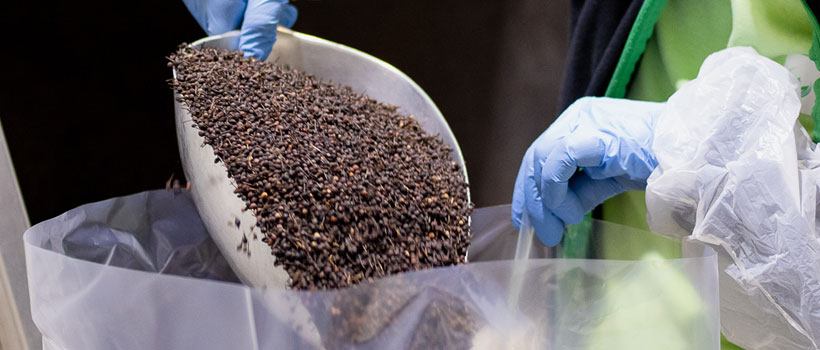Food microbial contamination: a hot topic!
When microorganisms: bacteria, viruses, molds, fungi and toxins come into contact with food, the latter are contaminated. Not a quarter goes by without a hot topic about food microbial contamination. It is therefore a danger to public health. Fortunately, you can take your precautions beforehand, or fix this problem! Find out more in this article.
What is food microbial contamination?
When microorganisms such as bacteria, viruses, molds, fungi and toxins come into contact with food, it becomes contaminated! This can manifest itself in different ways:
- The appearance of campylobacter may be possible due to insufficient cooking of chicken
- Salmonella can transfer to food products during animal husbandry and slaughter
- The possibility of cross-contamination is possible when the storage and preparation of high-risk raw food is done near ready-to-eat food
- Fish and shellfish can eat toxic organisms that are dangerous for humans when consumed
Microbial contamination is the most common reason for food poisoning outbreaks. Protect yourself from any type of contamination: Follow good hygiene practices in the processing chain.
In this context, prevention and anticipation is rule n ° 1 !
But what is the right solution ?
There are several solutions to guard against a problem of microbial food contamination:
- Chemistry: beyond regulatory prohibitions, there is a consensus not to retain this ethyleneoxide solution.
- Ionization: it is an efficient technology. It is reserved in France only for a positive list of products. If these products are not in the list, they cannot be processed. In addition, products treated with ionization are required to mention on their labeling “treated with ionizing radiation”. A transparency that we can welcome but certainly not so reassuring in the eyes of the consumer.
- Waves: The principle of waves that agitate the water molecules in the product is interesting, but in reality it is simply not effective for treating products with low moisture content. The humidity of a low moisture product is not uniform, so the product is overheated in some places and not enough in others.
Also, the best solution is a 3-dimensional technology:
- Temperature
- Time
- Pressure (Negative or positive)
Traditional heat treatment technologies only work on 2 dimensions. The temperature and time dimensions are necessary but not sufficient to preserve and guarantee the intrinsic qualities of the products.
The innovation is the introduction into the process of debacterization and sterilization of a third dimension: pressure (positive or negative).
Depending on the reduction objective to be reached, we can thus treat products between 85 to 120 ° C with this technique, while it would be necessary, with simple dry heat at ambient pressure, to climb to temperatures of 200 ° C or more to obtain the same load reduction !
This is the solution that Steripure has developed and uses. The company offers you global pasteurization and sterilization solutions and takes care of all the debacterization problematic, then returns to the customer a product with added value, with a controlled bacteriological load, while maintaining all the physical and organoleptic qualities. of the product.
Once your product has been treated, you have the guarantee that it is free from any contamination!
useful links :
- https://www.anses.fr/fr/content/risques-microbiologiques-dans-l%E2%80%99alimentation
- https://agriculture.gouv.fr/conclusion-de-lenquete-sur-les-envois-de-semences-dorigine-asiatique
- https://www.quechoisir.org/actualite-aliments-au-sesame-contamine-pas-un-accident-isole-selon-la-commission-europeenne-n86743/


